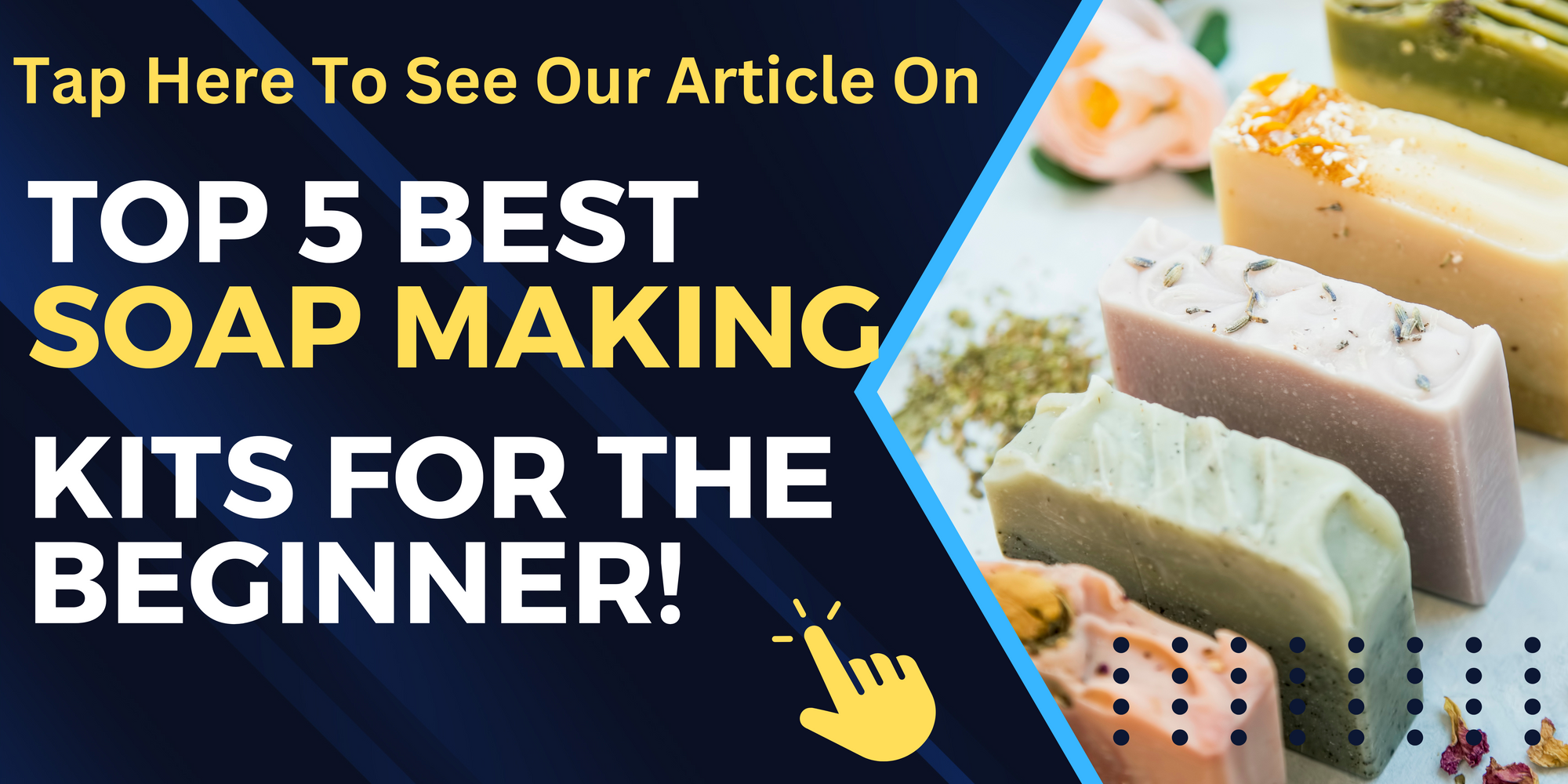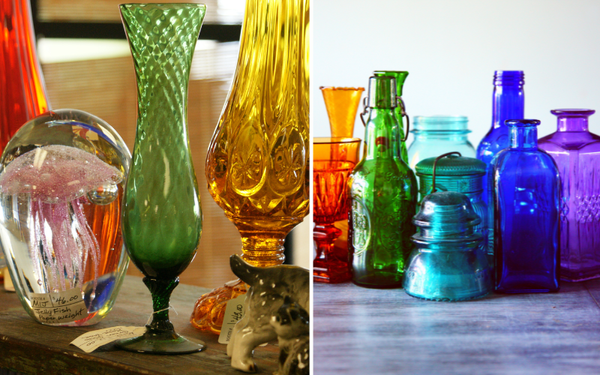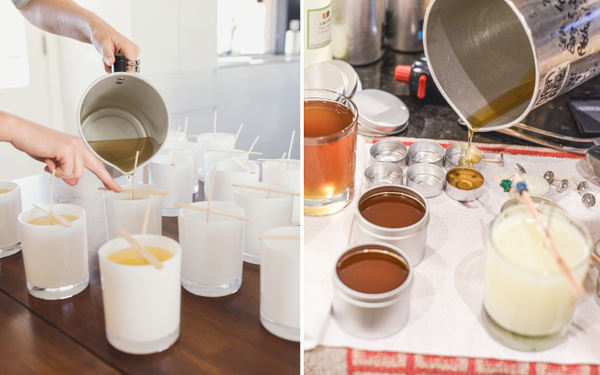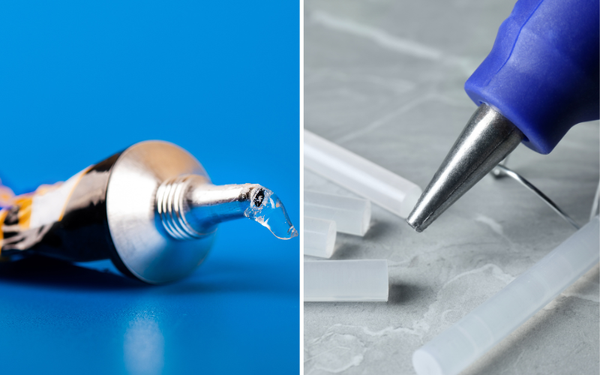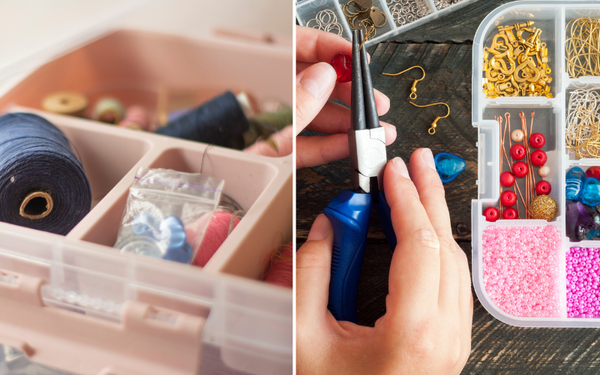Have you ever wanted to make your own soap, but weren’t sure where to start?
Luckily, there are four main methods for making homemade soap that anyone can use.
Let’s take a look at each one and see which one is right for you!
The first method is called cold process soap making.
This method requires you to mix lye (a caustic soda) with fats or oils, then add fragrance and color if desired.
The mixture must be mixed thoroughly until it forms a consistent texture.
Cold process soap must then be left to cure in a cool place for four to six weeks before it can be used.
However, the longer it cures, the milder and better quality your soap will be.
The second method is known as hot process soap making. In this method, lye and fats are mixed together and heated until they form a thick paste-like consistency.
At this point, any extra ingredients such as fragrances and colors can be added.
Hot process soap must also be allowed to cure for several weeks before use in order for the lye to evaporate from the mixture.
The third method is called melt and pour soap making.
This is probably the easiest way to make homemade soap because all you have to do is melt down pre-made “blocks” of glycerin-based soap base in a double boiler or microwave oven, add any extra ingredients such as scent or colorants, then pour into molds and let cool before use.
No curing time is necessary with this method since all the lye has already been removed from the blocks of glycerin-based soap base before they were sold to consumers.

The fourth method of making homemade soap is called rebatching (or hand milling).
This method involves taking pre-made bars of cold process or hot process soaps that have already gone through their curing period and grinding them up into tiny pieces using either an electric grinder or food processor.
The tiny pieces of pre-made soaps are then placed into a pot with water and melted down until they form a paste-like consistency again before adding any extra ingredients such as scent or colorants if desired.
Rebatched soaps require no further curing time since all the lye has already been removed during its original curing period months prior when it was first made into bars of cold process or hot process soaps originally by its maker(s).
Conclusion
So there you have it—four basic methods for making homemade soaps!
Whether you’re looking for something quick and easy like melt and pour soaps or something more involved like rebatching (hand milling), there’s something here that will suit everyone’s needs!
So get ready to get soapy—the possibilities are endless!
